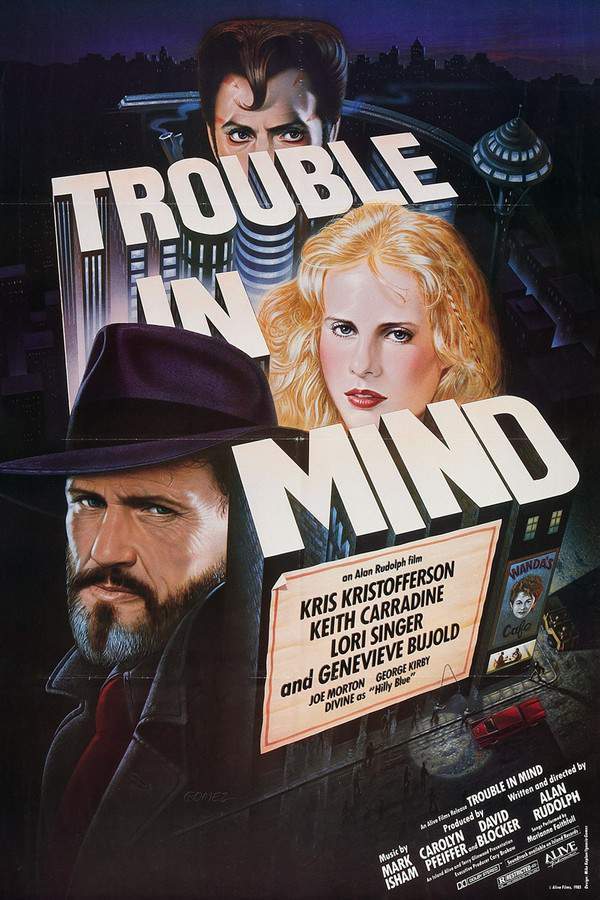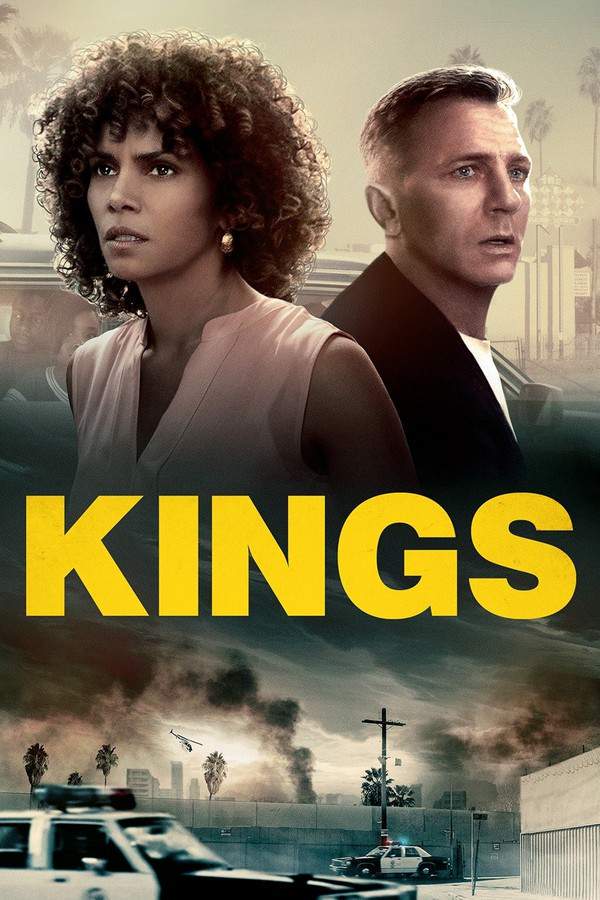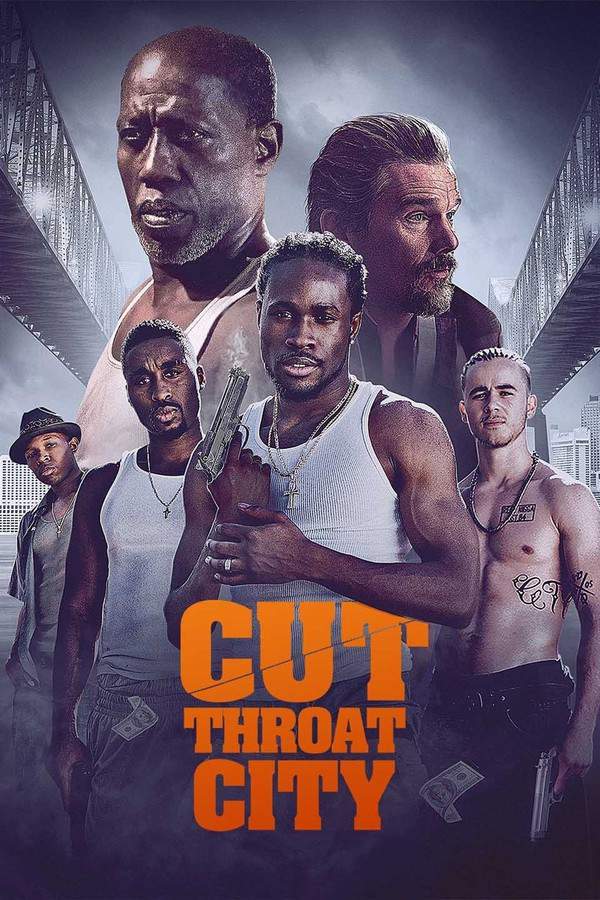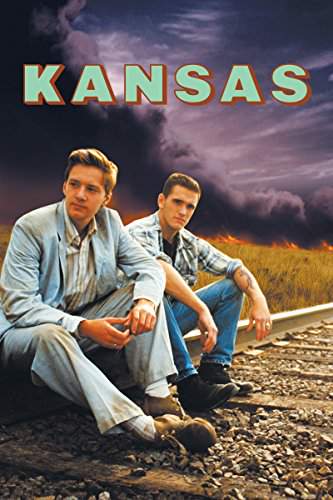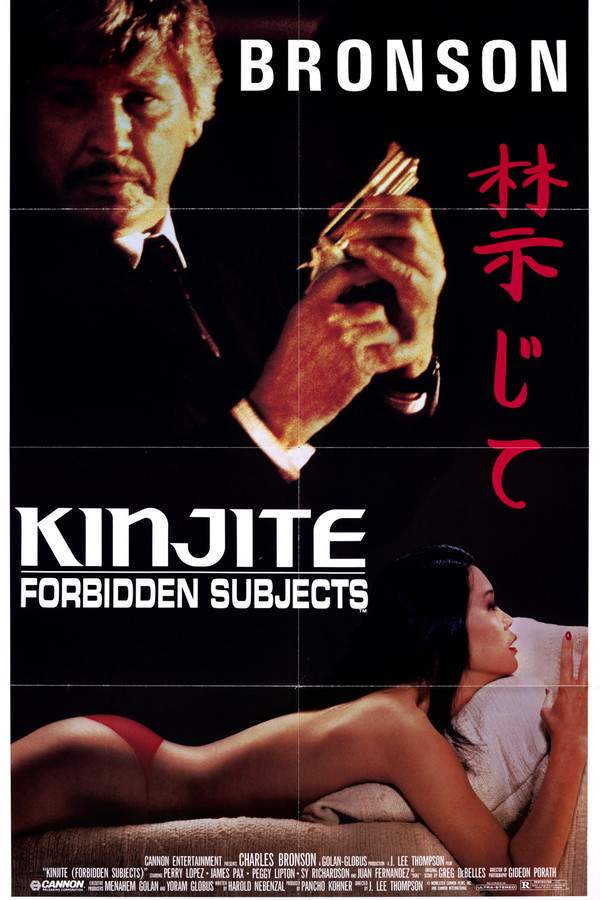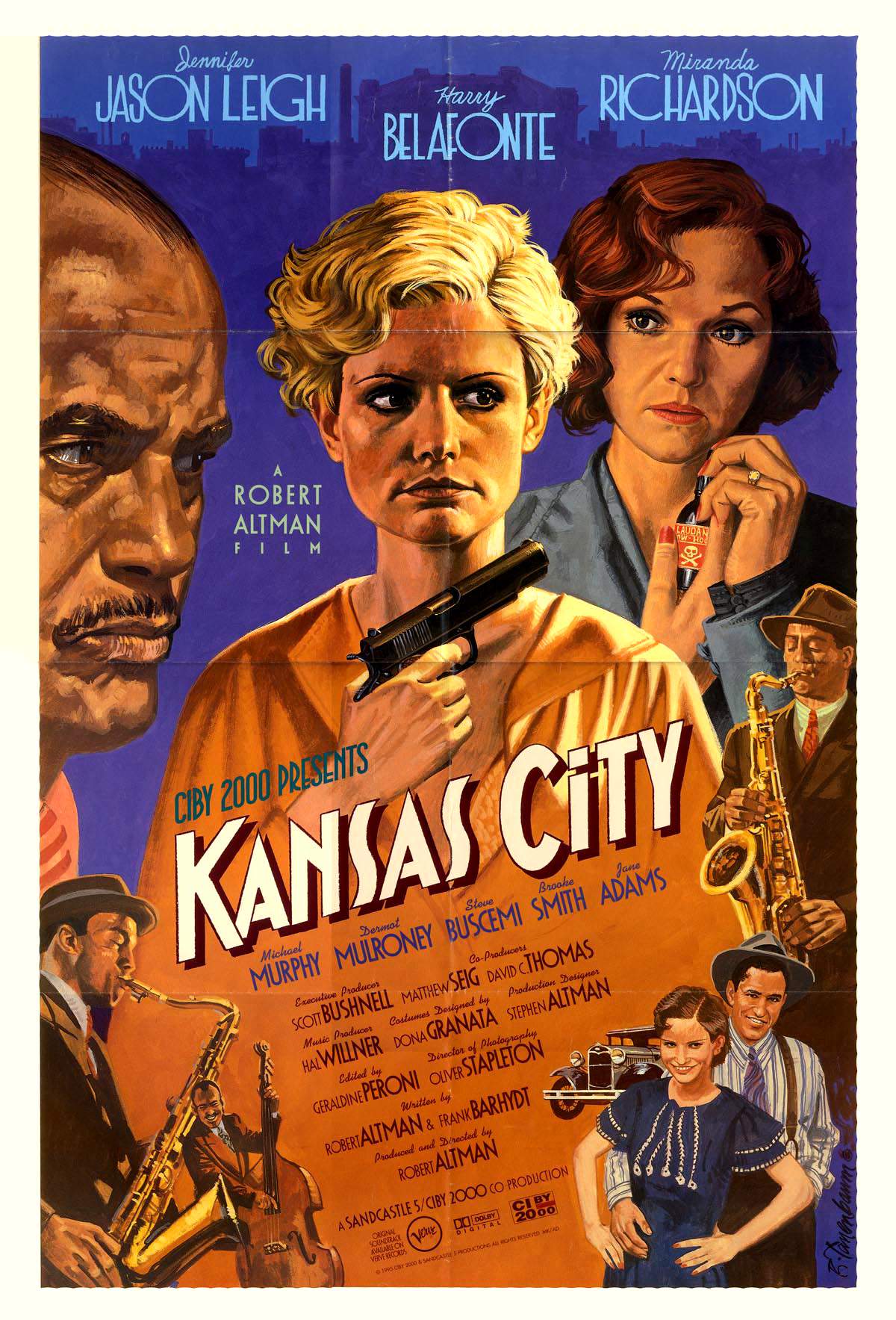
Kansas City
Year: 1996
Runtime: 116 min
Language: English
Director: Robert Altman
Filmmaker Sue Vicory explores the vibrant music scene of Kansas City, showcasing the city's rich legacy of jazz and blues. The documentary intertwines musical performances with stories of crime and drama, offering a captivating portrait of this iconic city and its complex history. It reveals the heart and soul of Kansas City through its compelling soundtrack and compelling narratives.
Warning: spoilers below!
Haven’t seen Kansas City yet? This summary contains major spoilers. Bookmark the page, watch the movie, and come back for the full breakdown. If you're ready, scroll on and relive the story!
Kansas City (1996) – Full Plot Summary & Ending Explained
Read the complete plot breakdown of Kansas City (1996), including all key story events, major twists, and the ending explained in detail. Discover what really happened—and what it all means.
On the afternoon before the 1934 Democratic primary election in Kansas City, a petty thief named Johnny O’Hara bungles a seemingly small score: he attempts to rob Sheepshan Red, a wealthy Black gambler who makes a semi-annual pilgrimage to the Hey Hey Club, the jazz venue and casino run by the formidable local mob boss Seldom Seen. As a token of respect to a highly lucrative customer, Seldom Seen, Harry Belafonte, steps in personally, seizes Johnny, and holds him at the Hey Hey Club. What follows is a slow, public reckoning: the boss stages a private monologue with Johnny, unpacking the sting of racism and weighing the most severe punishment, all while the club’s music—Kansas City jazz performances—pulse in and out of the scene, threading a fevered rhythm through the tension. The film uses these interludes to blur the line between entertainment and danger, creating a setting where violence can feel as choreographed as a dance.
Blondie O’Hara, Jennifer Jason Leigh, Johnny’s wife who is infatuated with the glamour of Jean Harlow, refuses to stand by as events unfold. Desperation drives her to desperate measures, and she crafts a risky plan to secure Johnny’s release by kidnapping Carolyn Stilton, the wife of local politician Henry Stilton. Blondie’s gambit hinges on Carolyn’s connection to the political world and the looming election, turning personal peril into political leverage. The stakes quickly widen beyond a ransom: Blondie’s bold move drags Carolyn into the heart of a city where alliances are murky and loyalties are tested at every corner.
Carolyn Stilton, Miranda Richardson, is introduced as a wife trapped in a loveless marriage, nursing a laudanum addiction to cope with emotional distance from her husband. Her first instincts are to resist, but Blondie’s devotion to Johnny sparks a surprising kinship between two women from different worlds. As they travel through the city together, their shared vulnerability grows into a fragile friendship, even as they stay one step ahead of a city that seems determined to police their every move. Carolyn’s perspective softens the starkness of her predicament, inviting the audience to consider the human costs hidden beneath political theater and street-level crime.
The political machinery of Kansas City intensifies the drama. When Blondie reveals the kidnapping to Henry, he wrestles with competing duties: the loyalty he owes his wife and the potential damage to his re-election campaign. Henry leans on the city’s power structure, enlisting the aid of the Pendergast political machine and its influential boss, Thomas Pendergast, who agrees to intervene indirectly with Seldom Seen. This connection underscores a central theme of the film: personal survival and family loyalty are inseparable from the broader, often ruthless, machinery of local politics.
As the election approaches, Blondie’s plan becomes a delicate game of hide-and-seek and misdirection. On the morning of the vote, she attempts to shelter Carolyn at a bar owned by Carolyn’s own brother, who, ironically, operates as a Pendergast ward heeler—responsible for paying local vagrants and addicts to vote. The irony is sharp: the family guardrails designed to protect civic order now intersect with schemes of control and manipulation. The brother realizes who Carolyn is and drives them away, and the moment crystallizes the precarious balance between personal risk and political expediency in the city.
Seldom Seen makes his grim decision to kill Johnny known, a moment that reframes the earlier negotiations into a stark ultimatum. Johnny, unwilling to simply be a victim, offers to submit as a slave to Seldom in a bid to preserve his life, a haunting gesture that speaks to a desperate, almost ritualized code among the players who inhabit this world of crime and power. The tension escalates as the evening approaches, and the film coalesces around a brutal collision of ransom, loyalty, and the unyielding pull of fate.
That evening brings Blondie and Carolyn back to the O’Hara residence, where Johnny had been held for a day. Henry arranges for Johnny’s release, but the moment of deliverance is overshadowed by violence: Seldom and his gang shoot and mutilate Johnny as soon as he enters the house, leaving him to collapse and die in front of Blondie. The room fills with grief and shock, the kind of devastation that lingers long after the gunfire ceases. Blondie’s heartbreak gives way to a deeper, more volatile emotion when Carolyn, in a final, devastating act, grabs a gun and shoots Blondie dead. Carolyn then leaves the house, climbs into Henry’s car, and, in a quiet, unsettled moment, Henry asks if she is all right. She offers no reply, leaving the question hanging in the air as the car drives away.
In this tale, the threads of crime, romance, race, and politics intertwine within a city that feels both intimate and dangerous. The Hey Hey Club is not merely a setting; it is a microcosm of a community grappling with prejudice and power, where jazz serves as a soundtrack to risk and revelation. The characters are drawn with a cool, unflinching eye, their choices shaped by loyalty, fear, desire, and the ever-present weight of a political machine that can bend, break, or bury the people at its mercy. The film remains faithful to its core premise: a sequence of charged decisions, each one pushing the protagonists deeper into a web where survival often means choosing between two hard truths, and where the line between protection and coercion is always perilously thin.
Last Updated: November 22, 2025 at 15:57
Unlock the Full Story of Kansas City
Don't stop at just watching — explore Kansas City in full detail. From the complete plot summary and scene-by-scene timeline to character breakdowns, thematic analysis, and a deep dive into the ending — every page helps you truly understand what Kansas City is all about. Plus, discover what's next after the movie.
Kansas City Timeline
Track the full timeline of Kansas City with every major event arranged chronologically. Perfect for decoding non-linear storytelling, flashbacks, or parallel narratives with a clear scene-by-scene breakdown.

Characters, Settings & Themes in Kansas City
Discover the characters, locations, and core themes that shape Kansas City. Get insights into symbolic elements, setting significance, and deeper narrative meaning — ideal for thematic analysis and movie breakdowns.

Similar Movies to Kansas City
Discover movies like Kansas City that share similar genres, themes, and storytelling elements. Whether you’re drawn to the atmosphere, character arcs, or plot structure, these curated recommendations will help you explore more films you’ll love.
Explore More About Movie Kansas City
Kansas City (1996) Scene-by-Scene Movie Timeline
Kansas City (1996) Movie Characters, Themes & Settings
Kansas City (1996) Spoiler-Free Summary & Key Flow
Movies Like Kansas City – Similar Titles You’ll Enjoy
Trouble in Mind (1986) Film Overview & Timeline
Kings (2018) Ending Explained & Film Insights
Cut Throat City (2020) Spoiler-Packed Plot Recap
Blue City (1986) Spoiler-Packed Plot Recap
Kansas (1988) Story Summary & Characters
Kinjite: Forbidden Subjects (1989) Spoiler-Packed Plot Recap
Firecracker (2005) Ending Explained & Film Insights
Hot Child in the City (1987) Complete Plot Breakdown
The Last Of The Blue Devils - The Kansas City Jazz Story (1979) Spoiler-Packed Plot Recap
In Cold Blood (1967) Plot Summary & Ending Explained
Jazz ’34 (1997) Spoiler-Packed Plot Recap
Prime Cut (1972) Story Summary & Characters
Kansas City Confidential (1952) Ending Explained & Film Insights
Pete Kelly’s Blues (1955) Detailed Story Recap
Shoot It Black, Shoot It Blue (1974) Film Overview & Timeline



